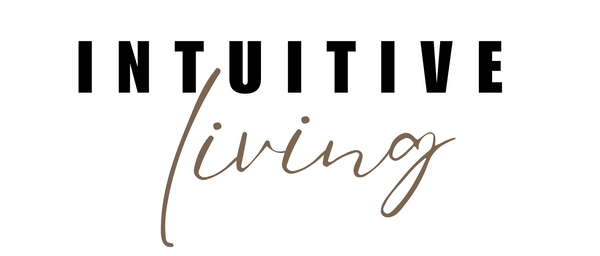
Somatic healing for intuitive living
You may have heard the phrase “emotions are stored in the body.” While it can sound abstract or unfounded, it reflects a physiological truth: Experiences imprint on the body and the nervous system, not just the thinking mind. For this reason, healing isn't just about thinking differently. It's about feeling differently. If you’ve ever thought to yourself “I know this isn’t a big deal, but I still feel panicked,” you know this first-hand: Integration happens through the body, not just the mind.
Knowing why we feel a certain way doesn’t always change how we respond when stress hits. No wonder we engage in impulsive, maladaptive coping strategies despite knowing better in theory. To truly heal, we need to drop from our analytical minds into our bodies.
Below follows a list of self-led, movement-, touch-, and therapy-based somatic practices. Always work with a trauma-informed practitioner. If your somatic practice worsens your anxiety or other symptoms, it's not because you're doing it wrong, but because you need a different approach. If this is the case, please get in touch with a therapist.
Self-led somatic practices
-
Body scan meditation – systematically bringing awareness to body parts and sensations.
-
Grounding exercises – pressing feet into the floor, noticing contact points, orienting to your environment.
-
Breathwork – conscious connected breathing, diaphragmatic breathing, box breathing to regulate the nervous system.
-
Mindful movement – slow yoga, qigong, tai chi, or gentle stretching with attention to sensations.
-
Shaking and intuitive movement – allowing the body to move freely to release stuck energy.
-
Somatic journaling – noticing sensations while writing about emotions.
Movement-based somatic practices
-
Yoga (especially trauma-sensitive or yin yoga) – slow movement, breath, and presence for body connection.
-
Dance/movement therapy – using movement to explore and express emotions.
-
Feldenkrais Method – gentle movements to increase awareness and functional movement patterns.
-
Alexander Technique – conscious movement and posture re-education.
Touch and bodywork (with a qualified practitioner)
-
Massage therapy (trauma-sensitive) – can support safety and reconnection with the body.
-
Craniosacral therapy – gentle touch to support nervous system regulation.
-
Myofascial release – can help release stored tension patterns.
Somatic Therapies (guided with a practitioner)
-
Somatic Experiencing: Gently releases stored survival stress from the body.
-
Sensorimotor Psychotherapy: integrates body awareness into trauma therapy.
-
Hakomi Method: mindfulness-based body-centered psychotherapy.
-
EMDR (with somatic focus): eye movement desensitization with body awareness integration.
-
TRE (Tension & Trauma Releasing Exercises): uses gentle shaking/tremors to release deep tension.
-
Rosen Method: uses gentle touch and verbal dialogue to connect with held emotions.

